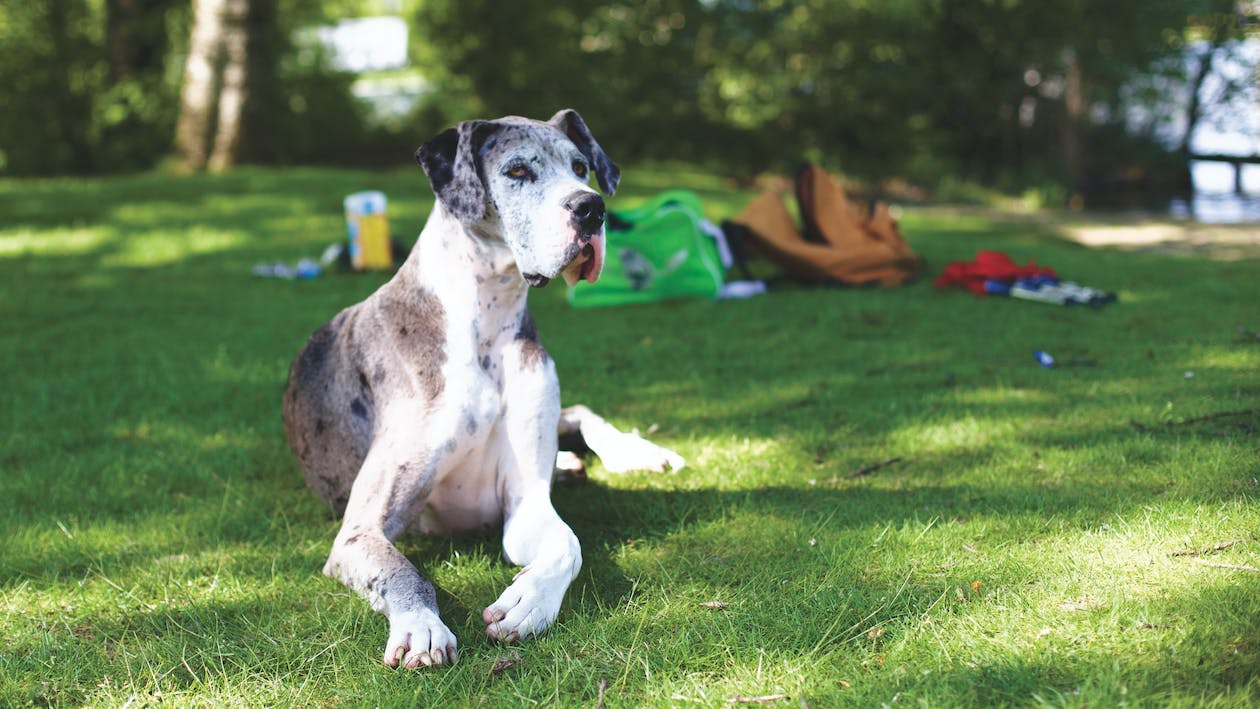3 Things People Don’t Consider Before Getting a Great Dane
Have you recently decided that you want to get a Great Dane as a pet? Then, you’ve got a lot of things to consider, like their height, temperament, maintenance costs, and more.
Technically, this dog breed can reach a height of 28 to 32 inches, depending on their gender. Hence, Great Danes are also called the ‘Apollo of dogs.’ According to Forbes, they are #19 on the list of the ‘most popular dog breeds.’
Even if you’ve considered all these, there can be a few aspects you probably didn’t know. For example, Great Danes have a low life expectancy and require excessive training.
In this blog, we’ll discuss three important things you probably didn’t contemplate about Great Danes.
#1. The Importance of Exercise and Training
The modern Great Danes were bred in Germany in the 1800s to hunt boars. But you can trace their origins back to ancient Egypt. Perhaps you were intrigued just by the graceful heritage of this dog breed and decided to get one.
However, Great Danes aren’t docile creatures. You’ve got to invest multiple hours a day in training and helping them exercise. If you don’t train your Great Dane or let them exercise, they’ll develop bad habits and a negative temperament.
Since they’re a highly social breed, your pet will love the interaction during playtime and training. Their gentle and patient natures make it easy for you to train them. However, you must focus on firmness and consistency when creating a training regimen.
They are also agile, athletic, and competitive creatures. That means they’ll love exercising and listening to your commands.
But it can sometimes be daunting because training can become a safety issue for you. If this breed becomes nervous, you might find it hard to control them using a leash. That’s why you should hire a dog trainer. With their help, your Great Dane can become well-adjusted, controllable, happy, and lovable.
#2. They Poop a Lot
Initially, the number of times your Great Dane passes stool might make you think that they have stomach problems. However, it’s natural for this breed to have a higher bowel movement frequency than other dogs.
That’s mostly because Great Danes have a sensitive stomach and a high metabolism rate. Even puppies can poop more than three times a day. Similarly, adults can excrete up to eight times per day. You’ll find poop in your yard, flower bed, and patio if you own this breed.
Scooping their waste from different areas multiple times a day might seem like a tedious task. Similarly, disposing of such a huge quantity of waste can sometimes be disgusting and harmful. That’s because their waste can contain germs, parasites, and bacteria that pose a health hazard.
Therefore, investing in a professional pet waste service for poop removal can be beneficial. Any company specializing in dog waste removal can help keep your home clean. They use pet-safe products and eco-friendly practices to ensure you and your dog’s safety.
According to Scoop Soldiers, getting rid of pet waste professionally reduces the risk of disease transmission. It’ll also help eliminate odors and improve your property’s appeal in the neighborhood. Similarly, a pet waste service can reduce the risk of lawn damage by removing nitrogen-containing excrement.
#3. They Don’t Live Long
Great Danes have a much shorter lifespan than other breeds because of their size. For example, their life expectancy is between seven and ten years, as compared to 16 years for other breeds. That’s why it’s crucial to decide if your family can handle losing them so quickly.
Even though they’re a robust breed, Great Danes are susceptible to illnesses due to their physical characteristics. For instance, the dog can develop a disease called ‘bloat’ due to their deep chest. Symptoms will include labored breathing, a distended abdomen, excessive drooling, etc.
Similarly, they are prone to developing happy tail syndrome due to their long tails. That means your dog might damage the tip of their tail by continuously striking different surfaces. Their floppy ears are hard to clean, and that could also lead to infections.
In some cases, your Great Dane might develop wobbler syndrome due to their blocky head. It’s a debilitating neurological disease that affects the neck and spine, making it painful for them to walk. They might also develop dilated cardiomyopathy due to their large stature.
In conclusion, Great Danes are gentle giants who require a lot of attention, maintenance, and love. Therefore, before getting one, you must be extra sure that you and your family are ready to maintain such a large breed.
Remember, they’ll need enough space to run around and play every day. Moreover, they poop a lot and require stringent training. Are you ready for all that? If yes, then you can go ahead and welcome a Great Dane into your family.

